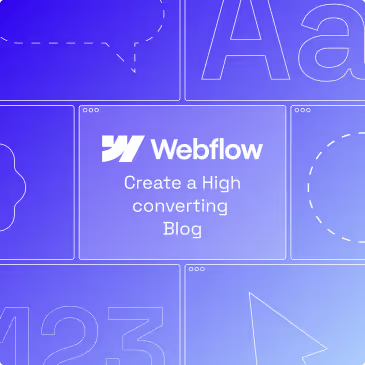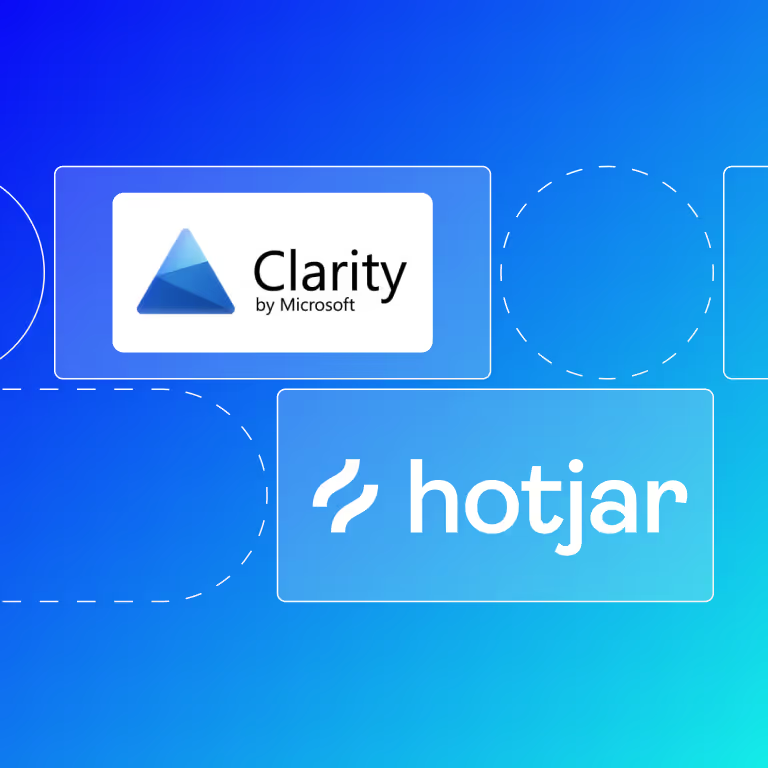How to Optimise Your Website for SEO
SEO, or Search Engine Optimisation, is a vast topic. It is all about getting your website to appear higher up in Google rankings when someone performs a search. So, if you are a beauty salon and someone performs a search for ‘beauty salons’ there is a battle to appear on page one, ideally within the top three of the search results. This is where SEO comes in to get your site to appear higher up in the Google search results for relevant searches than competitors’ websites.

SEO is a huge, mind-blowing topic, and so something that you should not perform without expert assistance. Just the word, algorithm, is hard to spell! The algorithm is the mathematical equation that takes all the different ranking signals as defined by Google and is used to determine where websites appear in the rankings. SEO broadly speaking has two aspects, ‘on-site’ and ‘off-site’. On-site SEO, as it suggests are things you do on your website to help improve your website in the eyes of Google. Off-site SEO are things you can put in place, not on your website to help improve SEO.
While this blog will not teach you SEO, it will outline a few top tips for undertaking good on-site SEO practice on your website, all things which Paddle Creative will help you put in place.
Optimising Metadata
Metadata is background data that is defined for each page on your website. If you perform a search in Google, you will see a list of results, each with a title and description.

The title is known as a Meta Title. The Meta Title is simply the name of the page, such as Home Page, About Us etc. Here is the crucial part; you should use this space to define what the page is, but also try to target a keyword in a non-spammy manner. For example, the Paddle meta title for the web design page is ‘Digital Marketing - PPC, Social Media, SEO, Content | Paddle’. It should be short, to the point, non-spammy and tell Google and users what the page is. It should be 50-60 characters, including spaces.
Meta Description
Your meta description is a succinct description of a page. If it is too short, Google will not use it; too long and Google either will not use it or will cut off some of the content, so around 200 characters are usually ideal. There are arguments as to whether Google uses meta descriptions in their ranking signals.
However, one thing for sure is people searches do use them to decide whether to click on the result of not. So, within the meta description, include a call to action such as ‘find out more now’. You should also include keywords written in a natural manner.
Paddle to the rescue: All websites built by Paddle will have metadata populated manually. If you engage with Paddle for your SEO service, this content will also be based on carefully researched keywords. Any website from Paddle will also give you the ability to alter the metadata once the site is live.
Image Alt Text
When you add an image to a website, you see the image. But what about if you are partially sighted? Many readers use screen readers to read web pages, with the screen reader telling the user what is on the page. A computer screen reader can't say what an image is. This is where ‘alt text’ comes into play.
It is a way to tell a screen reader or other device what the image is. But here is the bonus, Google will use alt-tags in images to categorise web pages and images. If you do not have alt-tags on images, Google will also penalise you for this. So by including alt-tags on images, this will also assist with SEO. Alt-tags are a way for you to add the odd keyword subtly. So, describe the picture in a couple of words. Still, chances are on many pages your images are of your keywords anyway.
Top Tip: Another trick for images is to rename them, something that includes some keywords.
Site speed
Increasingly important to Google is how quickly your page loads. A key reason behind this is the ever-increasing number of users accessing websites on mobile devices. Often mobile devices use 3G or 4G, which can be slower than Wi-Fi and so site speed is crucial to improve the experience of mobile users. A slowly loading page will result in a high bounce rate and poor user experience. Paddle Creative places a lot of emphasis on site speed, ensuring minimal code is utilised, CSS classes are tidy, and all content is compressed.
A factor which significantly influences site speed is where your website is hosted. Use a ‘cheap’ hosting provider and your site speed will suffer, no matter what they tell you.
Hosting with Paddle: Therefore, Paddle uses AWS (Amazon Web Servers) hosting, this is hosting provided by Amazon. Probably the best hosting anywhere on the planet web! The hosting Paddle offers is not the cheapest out there (nor the most expensive), but in the words of Brian Clough, it is ‘in the top one’.
Site Security & SSL
On the topic of hosting, nowadays if your website is not secure, Google and your users will take a dim view of this! An essential aspect of being secure is ensuring your site has an SSL certificate (the little padlock you see next to the website address in a browser). No padlock, not safe! The SSL (padlock) does not guarantee security, but it is a crucial part of it. Avoid website builders who use a lot of ‘plugins’ to build your site, such as those who utilise WordPress, and that will also help.
SSL with Paddle Creative: All websites come with super-secure hosting as standard, with SSL built into the hosting. Paddle also does not use plugins; all sites are custom made without the need for plugins.
Image Optimisation
One of the main things that slow down site load speed is images. These need to be optimised to ensure they load quickly. Images need to be compressed before they are added to your website. There are many ways to optimise content imagery, including free online compressor tools such as TinyPng or Squoosh. Try to get images below 250kb wherever possible, without compromising image quality.
Paddle Optimises: As a standard technique, Paddle always optimised all images that are added to a website.
Mobile-Friendly & Responsive
In an increasingly mobile-world, ensure your website is ‘responsive’ to all devices is a must. Google also agrees and even has a tool to check if sites are mobile-friendly.
Paddle Creative is Responsive: All websites built by Paddle Creative are, of course, mobile-friendly. An extensive range of testing is undertaken across dozens of combinations of browsers and devices to ensure your site looks great on all devices before your site is handed over to you.

Headers for SEO
In technical terms, headings on your website are called ‘H1’, ‘H2’, ‘H3’ etc. etc. H1 is the main header on a page. Headers are one of the most crucial elements of SEO. The H1 header is telling your user, and Google what the page is about. Use this space to do just that, and use your keywords in the process. You should also front-load your keywords in your title, that means putting your keywords at the start of titles is best where possible.
It is also crucial that from a technical perspective you correctly use H headers. Examples include no more than one H1 header per page, headers should cascade, so the first content on a page should be the H1, then the H2 etc.
Paddle Does: Paddle implements the correct use of H headers across your site. Never more than 1 H1 header and title SEO optimised where appropriate. In the hand-over training video, Paddle will give you tips on how to add content correctly.
Content Length and Quality
Now, this is a big topic in itself but getting the right amount of content onto a page is crucial for good SEO. Google repeatedly tell us quality content is one of the top-ranking factors it uses. If you think about who uses Google, every search someone performs is essentially someone asking a question of some sort. Your page content needs to be long enough to answer a searchers question, whatever that question will be.
There is no hard and fast rule in content length as every web page serves a different purpose. But as a rule, always ensure you have more than 300 words on a page if possible, and much more than that wherever possible. It is not just content length, but the content quality that is crucial. Quality content rules in on-site SEO. Write for the reader and never write for Google. Google is getting increasingly clever at interpreting information as humans do. That said, you need to include keywords within your content, or you will not rank for them.
The days of keyword stuffing, reusing keywords over and again, are well and truly over. But in a human way, add keywords within your text to have a chance of ranking for them. Also, try to use the keywords within the first 150 words of content on your page.
Paddle Content: It cannot be overstated how important this part of the process is. A website can look pretty and load fast, but if it is poorly written nonsense, it will not rank in Google. If you need assistance writing content for your website, give Paddle a call and take advantage of the content writing service available.
Short URLs
The URL is the website address, and it helps Google to understand what the page is about. You need to ensure the URL reflects what is on the page, and includes a keyword you want to rank for, ideally. However, ensure that the URL is not too long. Short URLs rank best, it is as simple as that.
Schema Markup
Schema Markup is a technical term for defining what certain content on your website is. For example, do you have your address in your site footer? Add some scheme markup code, and this will help Google understand that this is your address. Google love Schema Markup, and even took the unusual step to confirm using schema markup does boost rankings.
Paddle Marks Up: As standard, Paddle will add Schema Markup to the relevant areas of your website to help Google understand what the content is. One less thing for you to worry about.
Internal Links
The often overlooked, but easy part of SEO! Internal links simply mean a link to other pages in your website. For example, if I were writing about web design, I could add a link to my web design page. Look, see what I just did there, I linked internally to another of my pages, an internal link. You need to aim for about 2-5 internal links.
Paddle Pro-tip: You may also notice I used the keyword ‘web design’ as my link anchor text above. Use keywords as the text that is the link (or the anchor text).
As you can see, a lot goes into on-site SEO. This is not even the full list of factors, just some key areas to focus on, and some of the ways Paddle will build your website correctly. This blog has not even touched off-site SEO. Yet, off-site SEO is almost pointless without proper on-site optimisation. Paddle Creative will build you a website that is optimised in every way for good on-site SEO giving you the platform for good off-site SEO. Paddle will also submit your website to Google to ensure Google is crawling your website, in addition to undertaking a technical audit before launching a site.
If you need assistance with good off-site SEO, get in touch, and I will be happy to help. If you have a current website, I can perform a free SEO audit giving some insight into where you can improve and enhance what you have.


.svg)

.svg)



.jpg)

.jpg)
.jpg)

.jpg)
%20(1).jpg)
.jpg)
%20(1).jpg)




.avif)

.avif)
.avif)

.avif)
.avif)
.avif)
.avif)
%2520(1).avif)
.avif)
%2520(1).avif)
%2520(1).avif)
%2520(1).avif)
.avif)

.avif)


